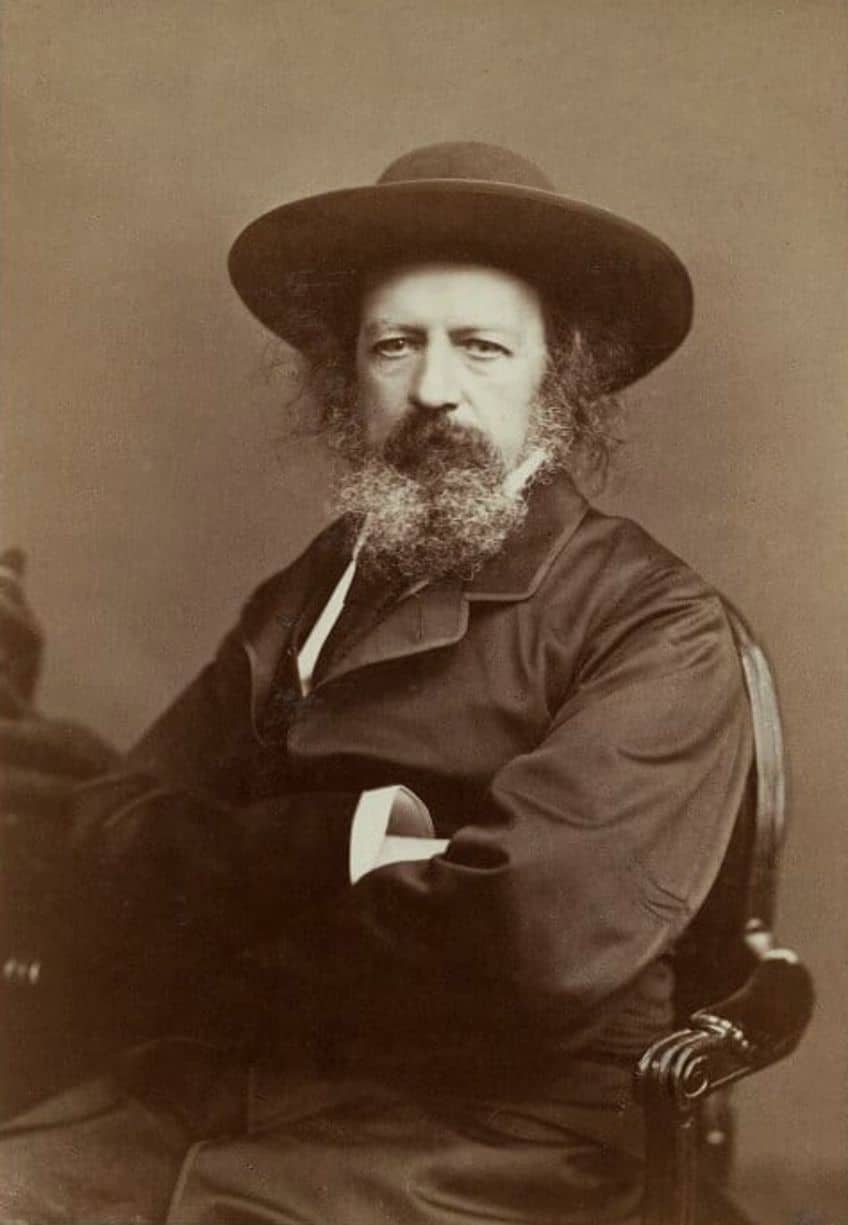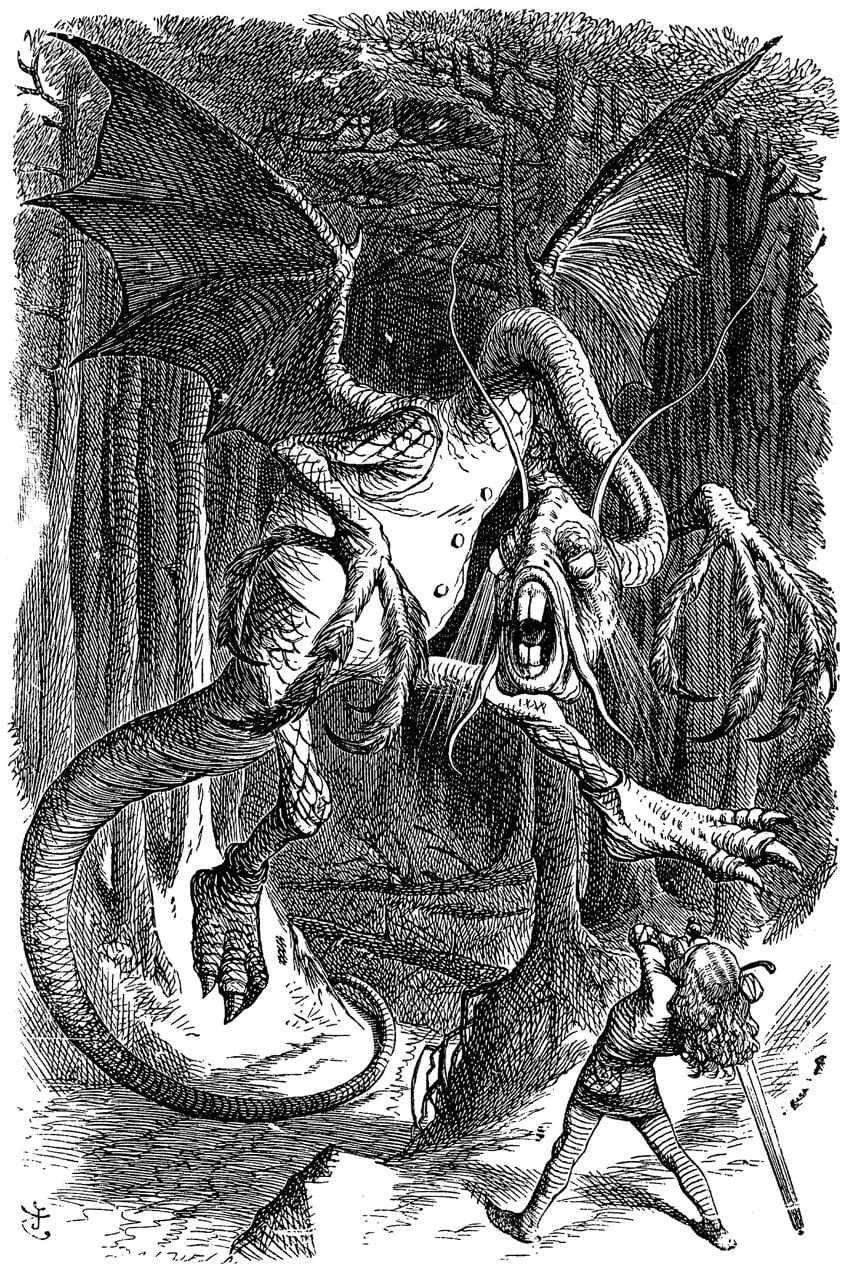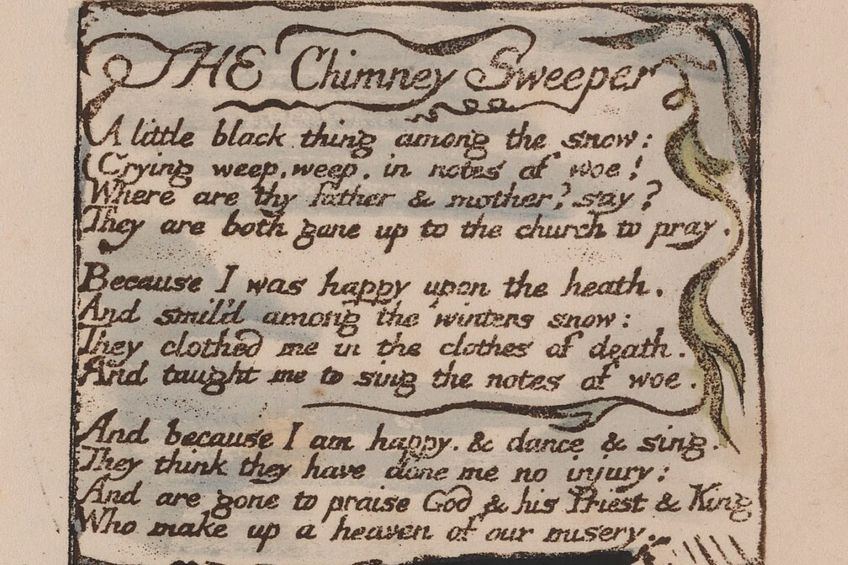Quatrain in Poetry – Discover This Popular Poetic Structure
Poems often have distinct stanzas that are separated from one another, and this is where the quatrain comes into the picture. This is one of the most common varieties of stanza type that can be found in poetry and, as a result, it can be found in many poems. That is what this article will examine. We will look at a definition of the quatrain in poetry, the different types and rhyme schemes associated with quatrain forms, some of the effects produced by the quatrain, and a number of quatrain poem examples. If you feel a deep and burning need to learn more about quatrain forms, then this is the place to be!
A Look at Quatrain in Poetry
The quatrain in poetry is a popular way to structure stanzas. The basic idea is that this is a stanza structure that makes use of four lines. However, we will go into a lot more depth throughout this article as we answer the question: “What is a quatrain?”. Before we jump into this quatrain discussion, we are first going to have a quick look at a summary for those who may not have the time to read everything in this article.

Summary of the Quatrain in Poetry
The quatrain in poetry is found throughout poetry, and that will be discussed in the rest of the article, but if you simply want a quick and easy summary of the concept, then here it is! But remember that this is a very simplified list that does not go into the full scope of the quatrain forms that are pervasive in poetry:
- The quatrain is a stanza with four lines. There is nothing particularly special about this stanza structure other than its specific line length. There are different names for the different number of lines that make up a stanza, and when there are four, it happens to be called a quatrain. It’s a very common type of stanzas though.
- The quatrain does not require a specific rhyme scheme. While there are many poems that include very specific rhyme schemes, and those types of poems may make use of quatrains, but the quatrain itself does not necessarily require us to make use of a specific rhyme scheme.
- Quatrains are commonly found in many poetry types. A quatrain poem could be any number of different types of poems. For instance, certain sonnets can make use of a four-quatrain and one couplet structure. This indicates that the quatrain can be found throughout poetic forms.
When it comes to quatrain forms, there is a lot more that we can discuss than what has been covered in this very brief summary.
So, if you desire a more comprehensive answer to a question such as, “What is a quatrain?”, you will need to get on to the next section so that you can see what else there is to discuss when it comes to the quatrain in poetry.
Definition of Quatrain in Poetry
When it comes to defining the quatrain in poetry, there is relatively little that needs to be said. This is just a word used to describe and define a stanza that is made up of four lines. This means that it has one more line than a tercet or one fewer line than a quintain. There are words for many different types of stanzas based on the length of the stanza in question. There is also nothing in particular that sets the quatrain apart from other line lengths, although it is likely one of the most common of them all.

That being said, the term “quatrain” and, by extension, all the other words used for stanzas, are not necessarily always used for stanzas. The reason for this is because when we take something lengthier that is not actually split into stanzas, like a traditional Shakespearean sonnet, we still use the word “quatrain” to describe the first twelve lines of this type of sonnet. The reason is because the first twelve lines are separated into three distinct rhyme structures that are based on the rhyme scheme of ABAB. So, when it comes to a Shakespearean sonnet, there are three quatrains in a row that are then followed by a final rhyming couplet. So, this ultimately shows that while the quatrain in poetry is clearly a term that is used for a four-line stanza, it is also simply used to refer to any actual grouping of lines that are arranged in some kind of four-line structure.
This is also a very common structure that can be found in many examples of poetry.
The Rhyme Schemes of a Quatrain
When we are examining quatrains in poetry, we often categorize them according to the kind of rhyme that they use. There are numerous ways to create rhyme with a series of four lines. For instance, we could use an all-rhyme structure, such as AAAA. We could also alternate the rhyme, like ABAB. Furthermore, we could enclose the rhyme, such as in ABBA.

There are many different ways that we can use rhyme in quatrains, and because of the close proximity of the lines to one another when there are only four of them, it can often mean that the rhyme becomes much more pronounced. For instance, imagine an octave that is structured as ABCDABCD. There are two lines for each rhyme, but each of those rhymes is separated from one another in a way that may render it undeterminable with a standard reading.
This aids in showing how versatile the quatrain is in poetry, but when it comes to the ways in which rhyme can be presented in quatrain forms, we can actually use those types of rhyme schemes to also categorize these types of quatrains with specific names.
The types of quatrains in poetry are usually determined by the rhyme that is used, but this is not always the case.
The Types of Quatrains
There are many different ways to rhyme the lines in a quatrain, but when it comes to those specific rhymes, they actually have names. For instance, a ballad stanza is one that uses ABAB with iambic pentameter and an Italian quatrain uses ABBA with iambic pentameter. While we do not actually need to know the specific name of any of the different types of quatrain forms to be able to make use of quatrains in poetry, the fact that there are specific names for specific arrangements of rhyme and meter within a quatrain further indicates the historical versatility of this poetic form.

The Purpose and Effects of the Quatrain in Poetry
Why would someone use a quatrain in poetry? There are various reasons and justifications for it, such as the form’s a high level of versatility. There are many different arrangements of rhyme and meter that could be used within a quatrain poem to produce a number of different feelings.
This immense versatility also means that it is a fantastic stanza structure for experimentation because there are many different ways in which these poems can be arranged.
Furthermore, the quatrain is a very consistent stanza that can be found in many poems, and when maintaining a level of consistency in a poem, the quatrain often just looks right. This is a very nebulous feeling, but it’s similar to how we, as humans, like to list things in threes. The number three is just psychologically satisfying for some reason, and the same could be said of the different quatrain forms.
Quatrain Poem Examples
When it comes to quatrain poem examples, there are so many to choose from! This is one of the most commonly used iterations of stanzas that can be found in poetry in general. For this reason, there is a vast array of quatrain forms throughout the history of the medium. We will examine a handful of these examples today.

In Memoriam A. H. H. (1833) by Alfred Lord Tennyson
| Date Published | 1833 |
| Type of Poem | Elegy |
| Rhyme Scheme | ABBA |
| Meter | Iambic tetrameter |
| Topic | Commemoration of Arthur Henry Hallam |
In Memoriam A. H. H. is a poem that makes use of an envelope or enclosed rhymes, and so it uses an ABBA rhyme structure throughout each of the stanzas. None of the stanzas deviate from the structure used throughout the poem, and the poem uses this to discuss both the commemoration of the death of a friend of the poet’s while also examining faith and spirituality. The poem makes effective use of quatrains throughout, but there is not necessarily a reason why quatrains needed to be used, but the fact that they allow for two distinct rhymes within a short number of lines allows them to be far more versatile than something like a quintain.
The quintain structure has a five-line structure that will necessitate an additional rhyme for one line or an entirely unrhymed line.

Jabberwocky (1871) by Lewis Carrol
| Date Published | 1871 |
| Type of Poem | Nonsense poem |
| Rhyme Scheme | ABAB |
| Meter | Variable |
| Topic | Slaying the Jabberwocky |
Jabberwocky is a nonsense poem. It uses an alternating rhyme scheme of ABAB for each of the quatrain stanzas used throughout the poem. This allows it to retain a certain structure that is recognizable to the reader while allowing the subject of the poem to wildly flail around as it uses one strange and nonsense expression after another.
In this sense, the use of the quatrain forms may be a way of ensuring that there is a certain level of structural unity to a poem that would otherwise be immensely disordered.
While the poem does, ultimately, tell the story of a creature called the Jabberwocky and how it has been slayed, the poem uses a variety of made-up expressions that, at the time of publication, were not words at all. For this reason, the familiarity of the quatrain may have been of benefit to the poem. We may not understand all the words that have been used in such a nonsense capacity, but at least it reads like a standard poem. It’s almost as if we are reading an ordinary poem in a world where the ordinary rules of language are simply different.

Because I could not stop for Death (1890) by Emily Dickinson
| Date Published | 1890 |
| Type of Poem | Lyric poem |
| Rhyme Scheme | Loose ABCB |
| Meter | Alternating |
| Topic | Death |
Because I could not stop for Death is a poem made up of five different stanzas. Each of these stanzas tells a kind of story that reflects on the thoughts and feelings of the speaker. Here, the speaker is a person who has died. She has been picked up by Death himself, who is described in kindly words, and the poem gives us a quatrain structure that alternates the use of iambic tetrameter and iambic trimeter. This also operates alongside the use of rhyme, which is presented as a first and third line that is not rhymed while the second and fourth are rhymed,

This shows that there is a use of alternating rhyme and rhythm in the poem, but it is couched within a familiar four-line structure. The use of the quatrain in poetry is pervasive in many different examples of poetry, but it is used here as a kind of scene break. Each of the quatrains takes place further along the speaker’s journey into the afterlife, and these four-line segments serve as wonderful breaks along this carriage ride into oblivion.
When it comes to quatrain forms, they can be found everywhere. We have finished with our look at a few quatrain poem examples to top off our overarching discussion about the quatrain in poetry. We have examined what this concept is in the first place, some of the forms that it can take, and what it can do in a poem. There are so many other quatrain poems out there though, and if you want to find some, you probably need to do little more than crack open any poetry collection!
Frequently Asked Questions
What Is a Quatrain?
This is a type of stanza structure based on the number of lines in the stanza. In this case, it is comprised of four lines. This is a single type amidst many types of stanzas that exist in poetry. Others include tercets, sestets, octaves, and so on.
What Are the Different Rhyme Schemes of a Quatrain?
There are some names associated with certain types of rhyme schemes, but in total, there are many different possible combinations of rhyme schemes that can be accomplished in quatrain forms. For instance, the rhyme can be AAAA, ABAB, ABBA, and so on.
What Are the Different Types of Quatrains?
There are many different quatrain forms that aid in this type of stanza being such a versatile thing. There are varieties such as the ballad, envelope, and Goethe stanza. Each of these has its own structural elements and rhyme scheme attached.
What Are the Effects of the Quatrain in Poetry?
The quatrain in poetry is noted for its versatility and consistency. It can be found in many poems and is relatively unconstrained, and this allows for far more possible experimentation. The fact that there are also few rules other than the number of lines means that it can be used in so many ways.
What Are Some of the Most Famous Quatrain Poem Examples?
There are far too many poems that make use of quatrain forms, but some of them include In Memoriam A. H. H. (1833) by Alfred Lord Tennyson, Jabberwocky (1871) by Lewis Carrol, and Because I could not stop for Death (1890) by Emily Dickinson.
Justin van Huyssteen is a freelance writer, novelist, and academic originally from Cape Town, South Africa. At present, he has a bachelor’s degree in English and literary theory and an honor’s degree in literary theory. He is currently working towards his master’s degree in literary theory with a focus on animal studies, critical theory, and semiotics within literature. As a novelist and freelancer, he often writes under the pen name L.C. Lupus.
Justin’s preferred literary movements include modern and postmodern literature with literary fiction and genre fiction like sci-fi, post-apocalyptic, and horror being of particular interest. His academia extends to his interest in prose and narratology. He enjoys analyzing a variety of mediums through a literary lens, such as graphic novels, film, and video games.
Justin is working for artincontext.org as an author and content writer since 2022. He is responsible for all blog posts about architecture, literature and poetry.
Learn more about Justin van Huyssteen and the Art in Context Team.
Cite this Article
Justin, van Huyssteen, “Quatrain in Poetry – Discover This Popular Poetic Structure.” Art in Context. December 6, 2023. URL: https://artincontext.org/quatrain-in-poetry/
van Huyssteen, J. (2023, 6 December). Quatrain in Poetry – Discover This Popular Poetic Structure. Art in Context. https://artincontext.org/quatrain-in-poetry/
van Huyssteen, Justin. “Quatrain in Poetry – Discover This Popular Poetic Structure.” Art in Context, December 6, 2023. https://artincontext.org/quatrain-in-poetry/.









